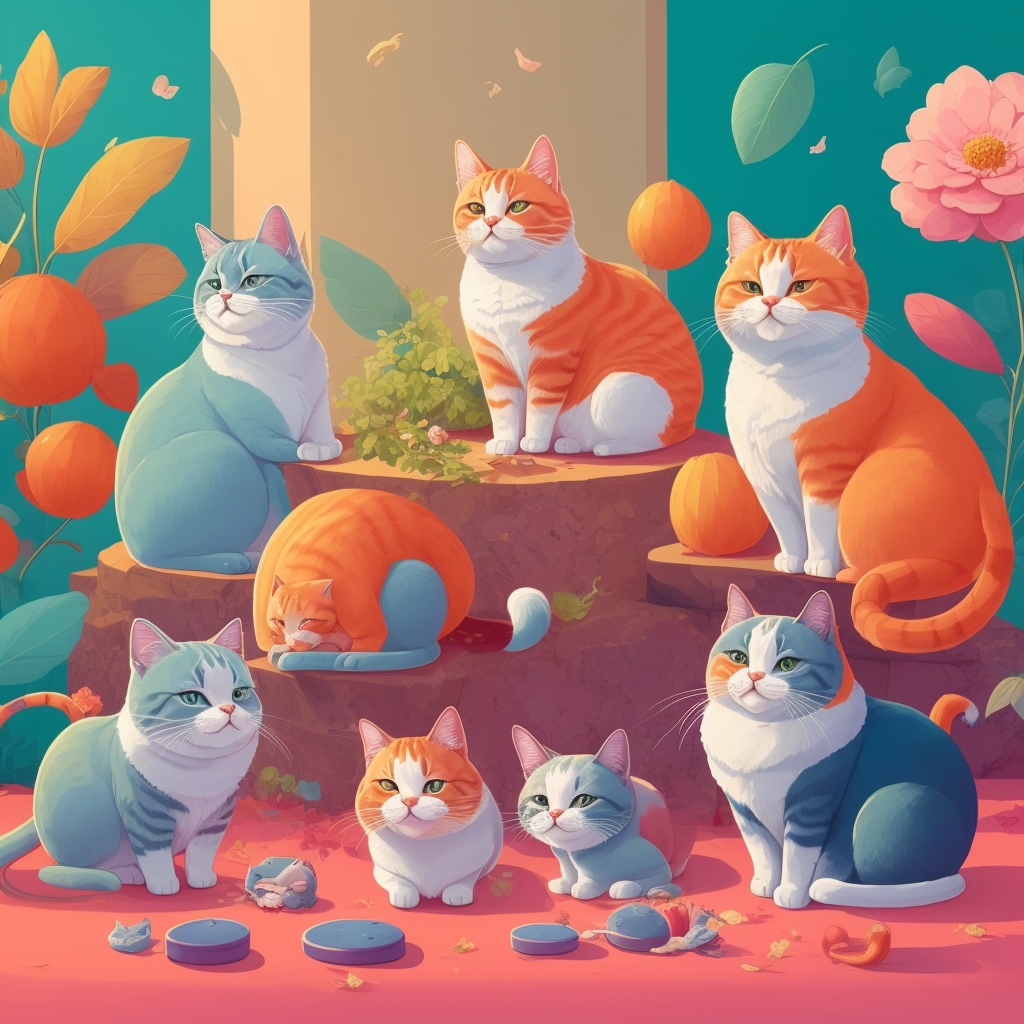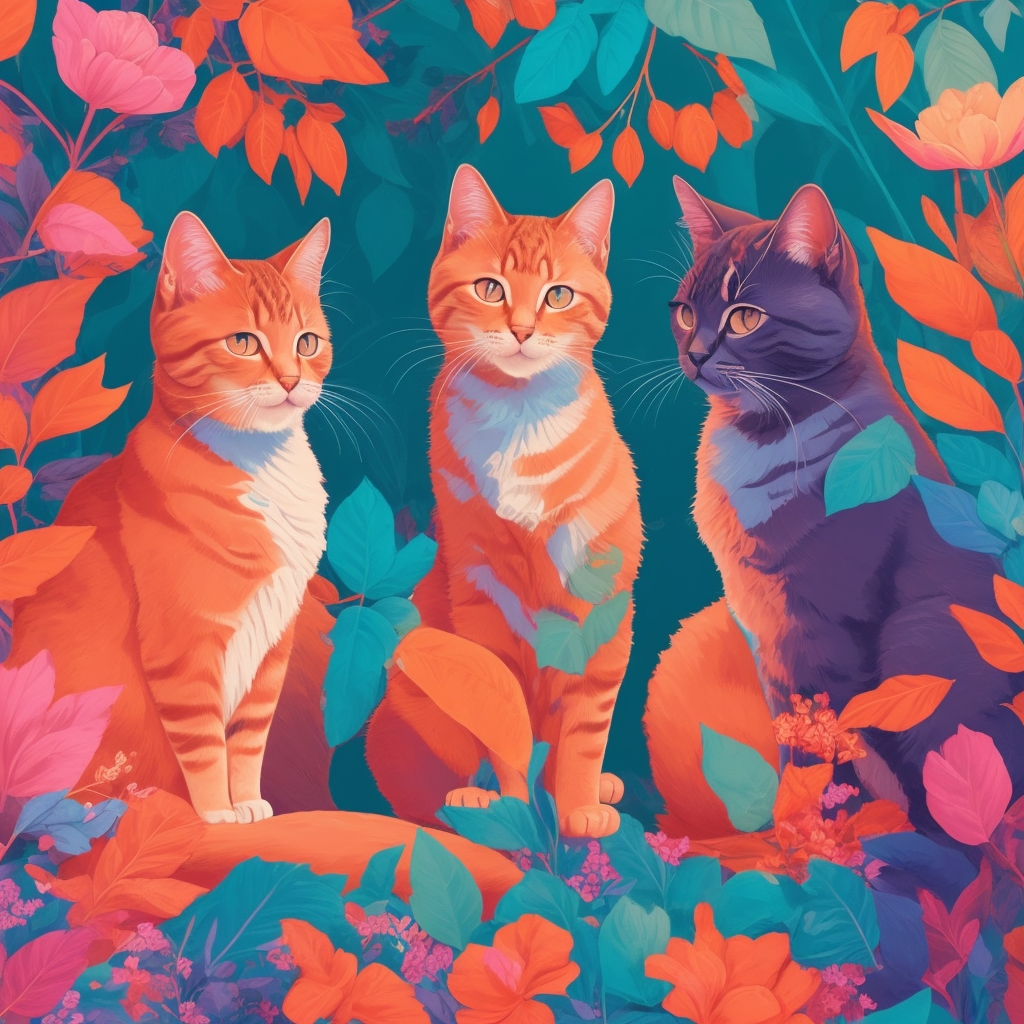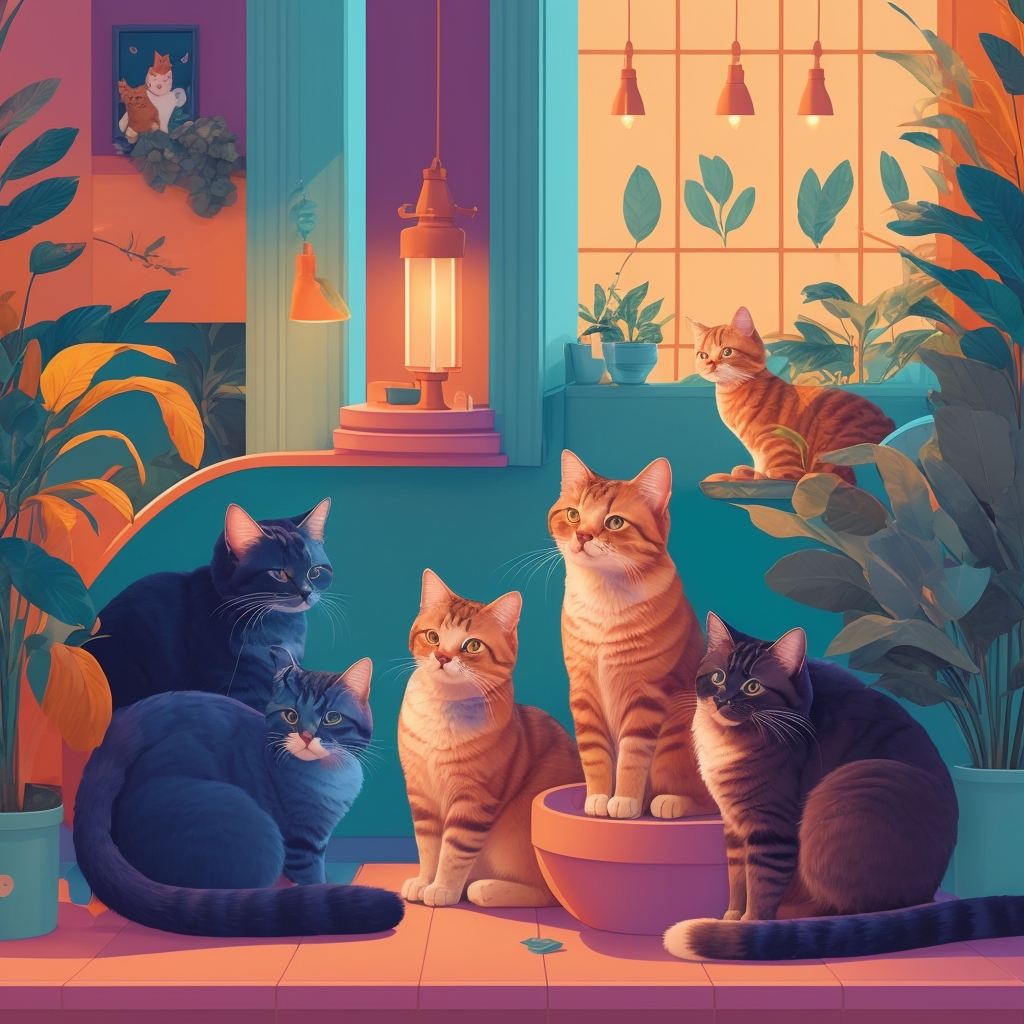Overweight in cats is a growing health concern that can lead to serious complications such as diabetes, arthritis, and cardiovascular disease. Studies show that approximately 60% of domestic cats are considered overweight or obese. Adopting an appropriate diet is essential to help these animals regain a healthy weight. This article offers strategies for implementing an effective diet for overweight cats, along with practical advice for pet owners.
Understanding Overweight in Cats
Causes of Overweight
Overweight in cats can be attributed to several factors, including:
- Sedentary Lifestyle: A low activity level contributes to fat accumulation.
- Overeating: Offering too many treats or overly large portions.
- Medical Issues: Certain diseases, like hypothyroidism, can influence weight.
- Predisposed Breeds: Some breeds, like Persians or Maine Coons, are more susceptible to obesity.
Assessing Ideal Weight
Before starting a diet, it’s crucial to determine your cat’s ideal weight. This can be done by consulting a veterinarian who will use methods like Body Condition Scoring (BCS) and calculating ideal weight based on size and breed.
Developing a Diet Plan for Overweight Cats
Types of Food
Commercial Foods
There are specific kibbles and wet foods formulated for overweight cats. These foods are often high in protein and fiber but low in fat. Recognized brands include:
- Hill’s Prescription Diet
- Royal Canin Satiety
- Purina Pro Plan Veterinary Diets
Homemade Food
For those who prefer to prepare their cat’s food themselves, it’s essential to ensure meals are balanced. Here’s an example recipe:
Chicken and Vegetable Recipe:
Ingredients:
- 200 g cooked chicken (skinless)
- 50 g carrots (cooked)
- 50 g zucchini (cooked)
- 1 teaspoon fish oil
Instructions:
1. Chop chicken into small pieces.
2. Mash or chop vegetables.
3. Mix all ingredients and serve in appropriate portions.Note: Always consult a veterinarian before changing your pet’s diet.
Portion Control
Portion control is a key element in weight management. Use measuring cups to avoid overfeeding. A basic rule of thumb is to reduce the daily ration by 10% to 20% compared to what the cat normally consumes.
Meal Frequency
Instead of leaving food out all day, it’s advisable to divide meals into several small portions. This allows for better control of caloric intake.
Real-Life Examples and Use Cases
Case of an Overweight 5 kg Cat
Let’s take the example of Minou, a 5 kg cat who should ideally weigh 4 kg. His owner decided to implement a diet:
- Diagnosis: Veterinary consultation to confirm overweight and rule out any underlying diseases.
- Diet: Switched to a diet kibble with a 15% portion reduction.
- Physical Activity: Introduced interactive toys like feather wands and balls to encourage Minou to move.
- Monitoring: Weekly weighing to adjust the diet if necessary.
After six months, Minou reached his ideal weight thanks to these efforts.
Case of a Cat with Health Issues
For a diabetic cat, for example, a diet rich in protein and low in carbohydrates is often recommended. In this case, consultation with a veterinarian is essential to adapt the diet to its medical condition.
Key Points and Best Practices
- Veterinary Consultation: Always consult a veterinarian before starting any diet.
- Regular Monitoring: Weigh your cat regularly to track progress.
- Encourage Physical Activity: Offer interactive toys and create play opportunities.
- Patience: Weight loss should be gradual to be sustainable. Aim for a loss of 1% to 2% of body weight per week.
- Hydration: Ensure your cat always has fresh water available.
Conclusion
Overweight in cats is a serious problem that requires a methodical approach to resolve. By following an appropriate diet, controlling portions, and promoting physical activity, owners can help their companions regain a healthy weight. It’s essential to work in collaboration with a veterinarian to establish a plan adapted to each cat’s specific needs. By implementing these strategies, you will contribute to improving your pet’s quality of life and reducing the risks of obesity-related diseases.







